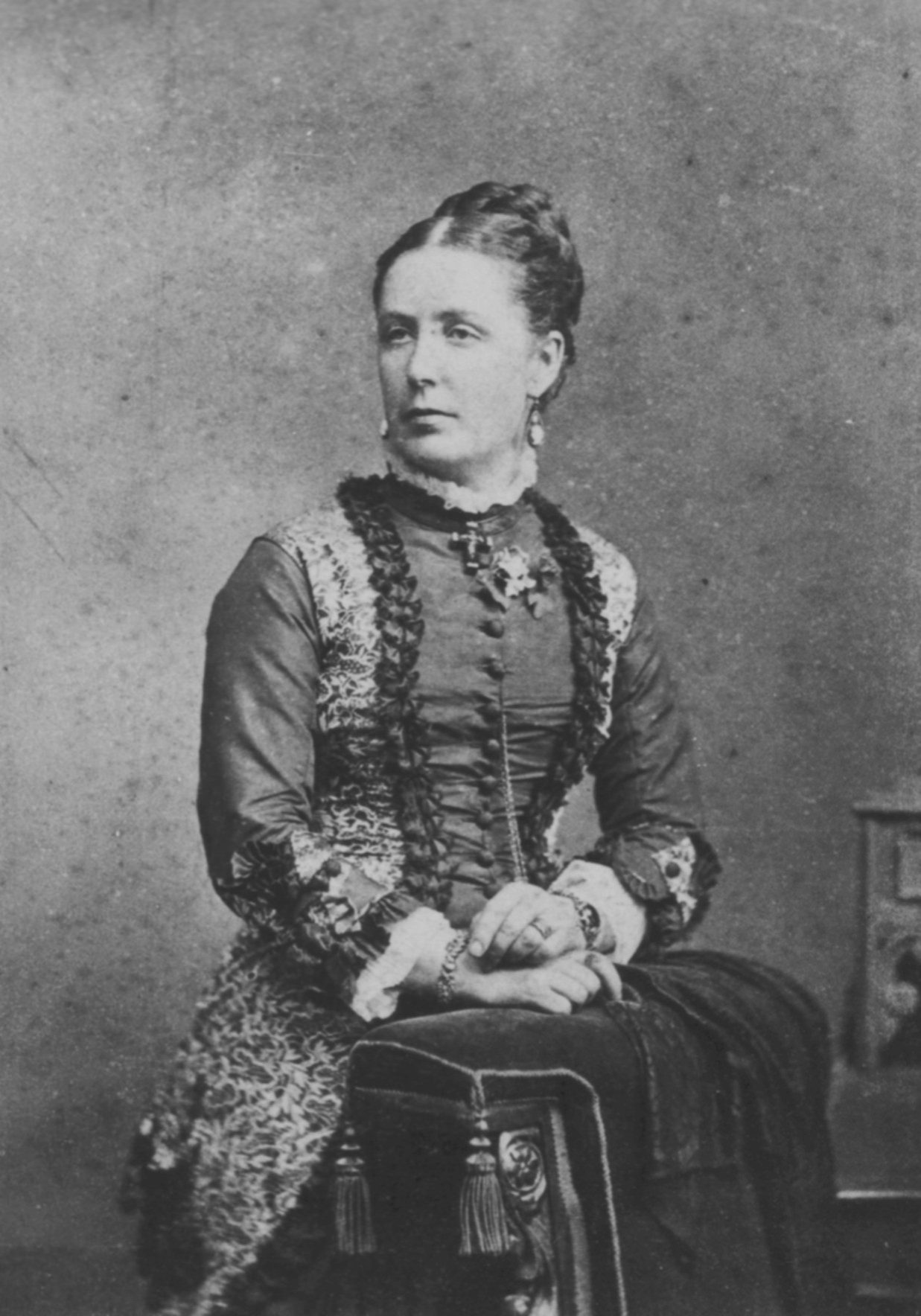Excerpt from Refuge Rescue & Reform a publication (soon to be released in October 2022).
Almost 400 pages. Authors: Dorothy Wickham and Frank Golding.
The provincial city of Ballarat 120 kilometres west of Melbourne provides a microcosm of the hybrid measures for welfare that developed across the country. From its time as an historic central Victorian goldfields town, Ballarat became the location of a score of institutions in addition to a significant but almost invisible boarding-out or foster care scheme. What developed in Ballarat exemplifies the uncoordinated ‘system’ of welfare provision. It is stretching the meaning of the word ‘system’ too far to apply it to the collection of diverse institutions that sprang up in colonial Australia for the support of women, children and families in crisis. It is probably more accurate to describe these institutions as a web or network.1
Only some of these institutions were run by the state—and these were set up to control a subclass of the poor—criminal and neglected children, to use the terminology that framed the Victorian child welfare system from the outset. The majority of institutions were run by charitable community groups, or religious organisations, or even private individuals. Some were housed in conspicuous, even grand, institutions; others were housed in humble quarters in modest suburban streets. Some accommodated children only; some were for single mothers and their children; others were for ‘fallen’ women only. All professed their purpose to be caring for and supporting women and children who found themselves living on the margins of social life. Sometimes that ‘care’ was harsh, even brutal, because it was underpinned by judgmental and punitive ideologies of control, coercion and the desire to reform and reshape.
